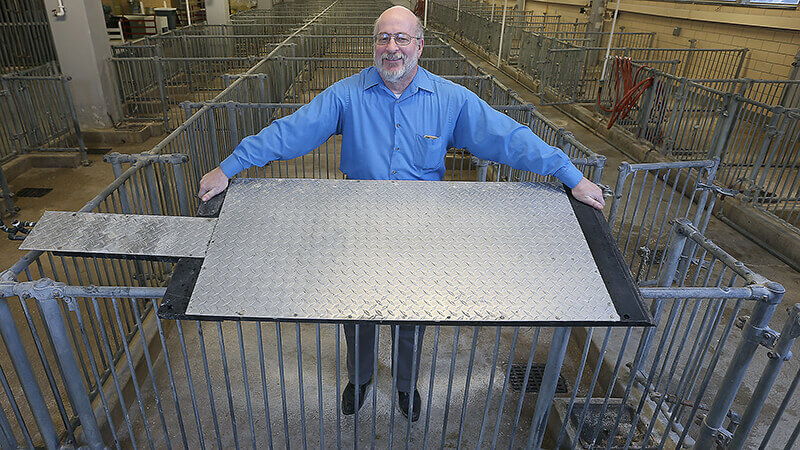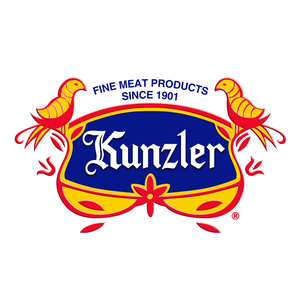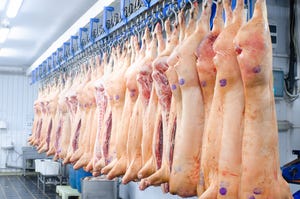Purdue sow cooling pad invention licensed to Canadian firm
Recently published data demonstrates how the cooling pads increase piglet weaning weights during times of higher temperatures.
February 24, 2022

A patented Purdue University invention designed to cool sows and lower their respiration rate while farrowing has been licensed to Innovative Heating Technologies for further beta testing and commercialization.
Company President Chris Grant says Innovative Heating Technologies has more than 25 years of experience producing energy-efficient equipment for the agricultural industry and licensing the sow cooling pads is a perfect fit and the next logical step for the company.
"Our primary focus is working with pork producers in a very narrow application — we manufacture the most energy-efficient heat mat for farrowing and nursery applications," Grant says. "Introducing a cooling product specifically designed to reduce stress and improve animal welfare is a direct complement to our existing business."
The cooling pads, developed by Allan Schinckel, a professor in the Department of Animal Sciences, and Robert Stwalley, clinical assistant professor in the Department of Agricultural and Biological Engineering, are 2-foot-by-4-foot aluminum tread plates on top of copper pipes that circulate water. Since there is only room for the sow on the pad, piglets that need to stay warm are off the edge while they feed. Sensors in the pad can determine if the sow is getting too hot and circulate new water, cooling the pad again.
Schinckel, Stwalley and their students have published several peer-reviewed papers on sow lactation heat production, feed intake and the technology in journals including Applied Engineering in Agriculture, Journal of Animal Science, The Professional Animal Scientist and American Society of Agricultural and Biological Engineers.
"These published papers show the sound science around our design for efficient, effective heat removal," Schinckel says. "We have recently published data that demonstrate how the cooling pads increase the piglet weaning weights during times of higher temperatures."
A selection of papers can be found at these links:
Grant said Innovative Heating Technologies will beta test the pads through partnered research trials at Purdue and select producers' test facilities.
"Conversations on heat stress and sow cooling have been prioritized by producers and veterinarians. They are eager to implement new technology related to animal welfare," Grant says. "We're looking forward to participating in continued research with Purdue and have set a goal to introduce a commercial-ready cooling pad into hog facilities as soon as possible."
Grant said the hog market is changing. Producers are driven to adopt and integrate new technologies related to improving sustainably and animal welfare.
"When the sow cooling pads are tested, our main goal will be to verify the efficiency and performance of the pads and the impact they have on the sows' welfare and performance over time," Grant says. "This is the data our customers will want to see."
Schinckel and Stwalley's research received funding from a Purdue AgSEED grant, Trask Innovation Fund grant, National Pork Board Student Research or Extension Experience grant and the Wabash Heartland Innovation Network.
Source: Purdue University, which is solely responsible for the information provided, and wholly owns the information. Informa Business Media and all its subsidiaries are not responsible for any of the content contained in this information asset.
You May Also Like
.png?width=300&auto=webp&quality=80&disable=upscale)


